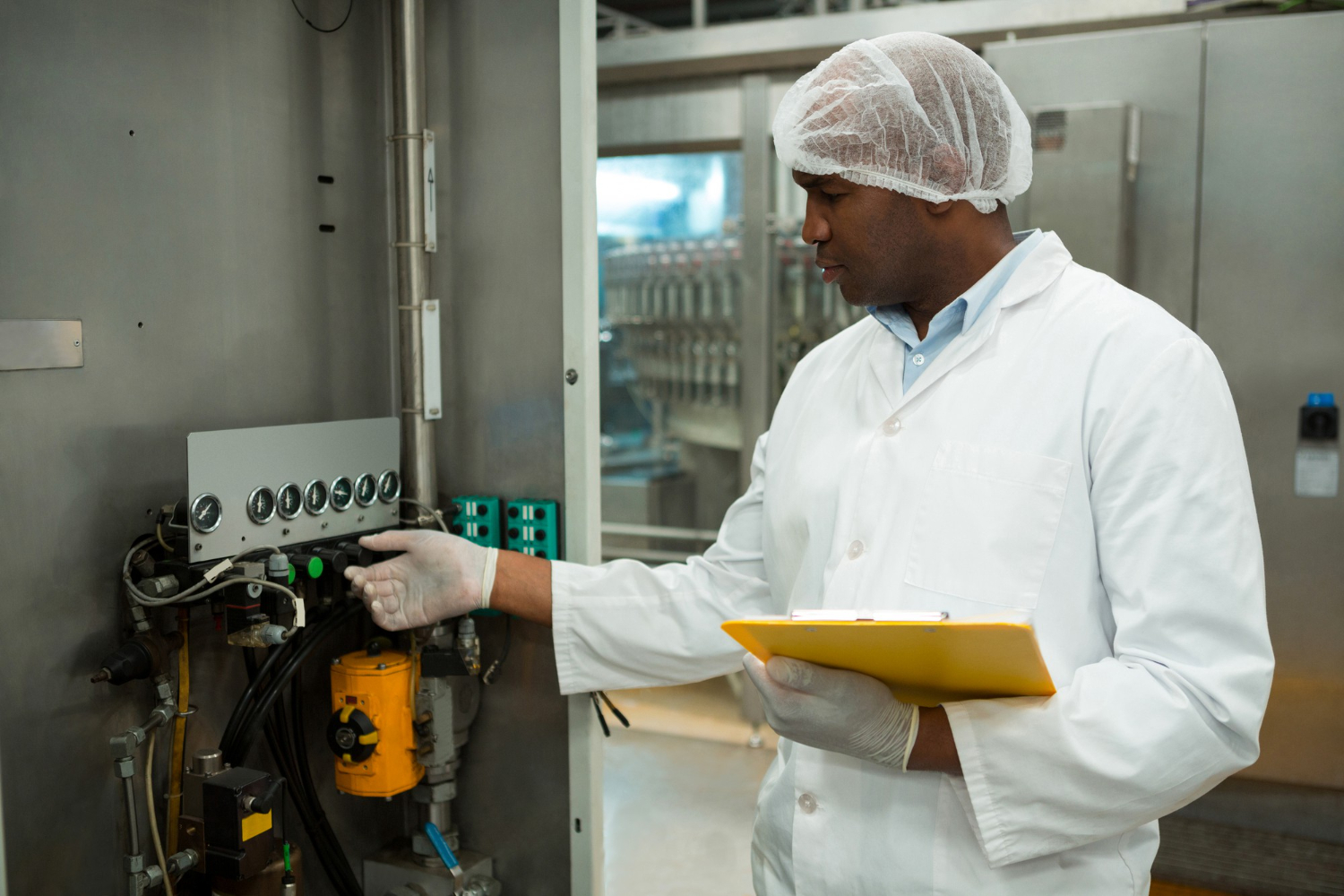
Freeze-drying, also known as lyophilization, is a fascinating process used to preserve perishable materials such as food, pharmaceuticals, and biological samples. It involves removing moisture from a substance while it is frozen, thus preserving its structure and extending its shelf life significantly. This method has become indispensable in various industries due to its ability to preserve the original characteristics of the material it freeze-dries without causing damage or alteration. In this blog post, we will look into the intricate process of freeze-drying and explore how it works.
Table of Contents
The Process of Freeze-Drying
The freeze-drying process consists of three main stages: freezing, primary drying, and secondary drying. Firstly, the material to be dried is frozen at a very low temperature. This freezing step is crucial as it solidifies the water content within the material, allowing for better preservation during subsequent drying stages. Once frozen, the material undergoes primary drying, during which the surrounding pressure is reduced, and heat is applied. This causes the frozen water within the material to sublimate directly from solid to vapour, thus bypassing the liquid phase. The result is a porous structure within the original material, with the ice crystals transformed into vapour and removed.
The Role of Freeze Dryers
Freeze dryers, also known as lyophilisers, are the primary equipment used to facilitate the freeze-drying process. These machines provide controlled conditions of temperature and pressure which are necessary pre-requisites for sublimation to occur effectively. Freeze dryers consist of three main components: a vacuum chamber, shelves or trays to hold the material to be freeze-dried and a condenser. The vacuum chamber creates a low-pressure environment, while the condenser collects the evaporated water vapour, preventing it from re-entering the material.
Preservation Benefits
One of the key advantages of freeze-drying is its ability to preserve the original structure, taste, and nutritional value of the material. Unlike conventional drying methods such as air drying or dehydration, freeze-drying minimises heat exposure, thereby reducing the risk of thermal degradation. This preservation of quality makes freeze-dried products highly desirable in industries such as food and pharmaceuticals, where maintenance of the integrity of the original material is essential.
Applications Across Industries
Freeze-drying has found applications across a wide range of industries, including food preservation, pharmaceuticals, biotechnology, and even conservation. In the food industry, freeze-drying is used to produce lightweight, shelf-stable products such as instant coffee, freeze-dried fruits, and ready-to-eat meals for camping and emergencies. In the pharmaceutical industry, freeze-drying is crucial for preserving sensitive drugs and vaccines, ensuring their efficacy and stability over an extended period.
Understanding the Mechanisms of Freeze-Drying
To sum up, freeze-drying is a sophisticated preservation technique that involves a process of removing moisture from a material while it is frozen, resulting in minimal damage and alteration. Through controlled temperature and pressure conditions provided by freeze dryers, the frozen water content within the material sublimates, leaving behind a porous structure that retains the original characteristics of the material. This process has revolutionised various industries by offering an unparalleled preservation technique, making freeze-drying indispensable to modern preservation methods.


